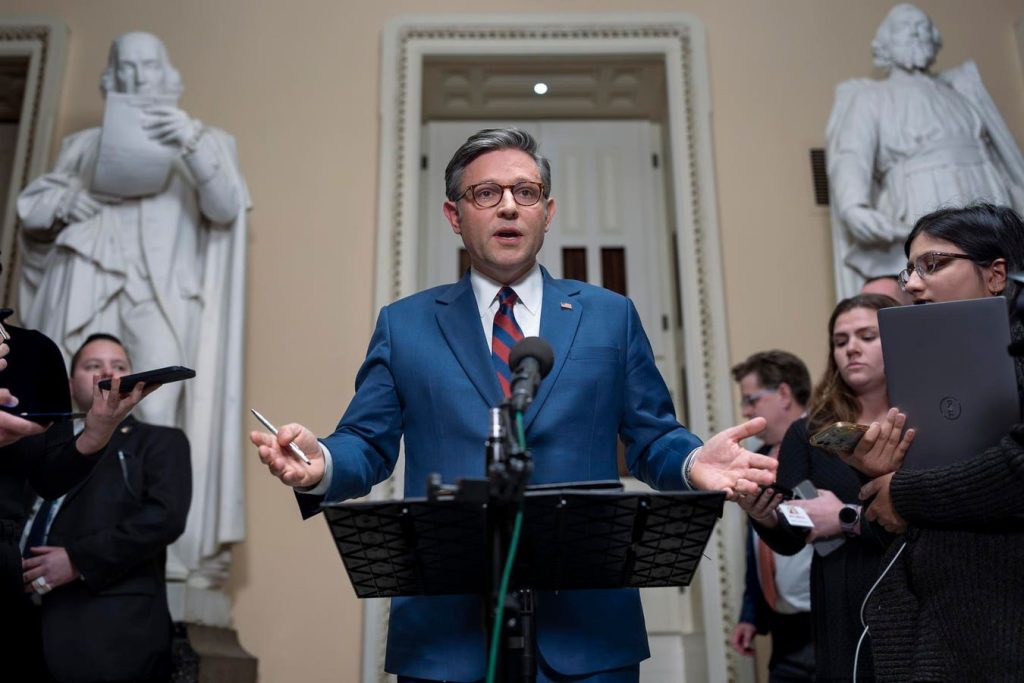The looming threat of a government shutdown, potentially commencing as early as December 21st, has resurfaced, with forecasting platforms like Kalshi estimating a 40% probability. This metric specifically refers to the government being shut down at 10 am ET on any given day. While a similar risk emerged in September 2024, a shutdown was narrowly avoided. The current situation underscores the ongoing budgetary conflicts within the government and the potential consequences for various sectors of the economy.
The immediate economic repercussions of a brief government shutdown are likely to be minimal, primarily manifesting as increased uncertainty in the markets. However, a protracted shutdown extending beyond a few days could significantly disrupt economic activity. Historically, most shutdowns have been short-lived, lasting only a few days. However, recent trends, as analyzed by Axios, indicate an increase in the duration of shutdowns, including a 35-day partial shutdown in 2018, the longest on record. This particular shutdown was partial, with some government departments maintaining full funding. Consequently, the economic impact of a potential shutdown hinges considerably on its length. A short shutdown is unlikely to cause significant disruption, but a longer one could have more pronounced effects.
Crucially, the impact of a government shutdown is no longer as comprehensive as it once was, due to measures implemented to mitigate its effects. Essential services such as Social Security, Medicare, Medicaid, military operations, and the U.S. Postal Service would continue to operate largely unimpeded. Since this is a potential federal shutdown, state and local government functions would remain unaffected. The continuity of these vital services ensures a baseline level of societal function even during a shutdown.
Furthermore, essential government functions are maintained during a shutdown, and some government budgets operate outside the annual budgetary cycle, shielding them from immediate impact. The definition of “essential function” allows for some flexibility, leading to variations in funding across different shutdowns. Importantly, federal employees are guaranteed back pay once the shutdown concludes, although delays in receiving paychecks are expected during the shutdown period. This provision offers some financial security to government employees, mitigating the potential hardship caused by delayed wages.
Despite these safeguards, a shutdown would still disrupt various non-essential government functions. National Parks could face closures or reduced maintenance, NASA operations would be limited to core functions, and economic reporting would be suspended. Federal loan approvals for housing and small businesses would likely be delayed, potentially hindering economic activity in these sectors. While air traffic control would remain fully operational, potential staffing shortages at TSA checkpoints due to unpaid employees could lead to increased screening lines at airports, affecting travel efficiency.
The defense and health industries, heavily reliant on government partnerships and approvals, would experience increasing disruption as a shutdown progresses. Non-essential programs would be temporarily halted, and payments could be delayed, impacting the operations and financial stability of these sectors. While the essential functions of the active military and other defense agencies would be preserved, the broader defense and health ecosystems could face significant challenges during a prolonged shutdown.
Federal employees would experience delayed paychecks during a shutdown, potentially straining household budgets, particularly during the holiday season. While back pay is guaranteed upon the shutdown’s resolution, federal contractors lack such assurance, facing potential income loss. The requirement for federal employees to work during a shutdown varies depending on their role; essential workers may be required to continue their duties, while others are furloughed, meaning they are not required to work but typically receive back pay. The impact on federal employees and contractors highlights the uneven distribution of financial burden during a shutdown.
Programs like the Supplemental Nutrition Assistance Program (SNAP) typically have sufficient funds to maintain payments during shorter shutdowns. However, a prolonged shutdown could lead to payment delays once these funds are depleted, potentially impacting vulnerable populations reliant on these programs. The potential disruption to essential social safety nets underscores the broader societal consequences of extended government shutdowns. As discussions continue to avert a shutdown, historical precedent suggests that any such event is likely to be brief. However, the uncertainty surrounding a shutdown can roil markets, particularly impacting companies closely tied to government activities, such as those in the health and defense sectors. The suspension of government economic reporting during a shutdown further contributes to market uncertainty, making it difficult to assess the economic landscape. Ultimately, the overall impact of a government shutdown hinges largely on its duration, with lasting economic consequences becoming more likely if the shutdown extends beyond a few days. The potential for disruption underscores the importance of finding a timely resolution to the budgetary impasse.

